Exploring Ocean Tectonics from Space
Data on slight variations of the pull of gravity over the oceans are recorded with satellite altimetry, and are then combined to map the seafloor globally.
Accessing two previously untapped streams of satellite data, scientists at Scripps Institution of Oceanography at UC San Diego and their colleagues have created a new map of the world’s seafloor, creating a much more vivid picture of the structures that make up the deepest, least-explored parts of the ocean. Thousands of previously uncharted mountains rising from the seafloor and new clues about the formation of the continents have emerged through the new map, which is twice as accurate as the previous version produced nearly 20 years ago.
Developed using a scientific model that captures gravity measurements of the ocean seafloor, the new map extracts data from the European Space Agency’s (ESA) CryoSat-2 satellite, which primarily captures polar ice data but also operates continuously over the oceans, and Jason-1, NASA’s satellite that was redirected to map the gravity field during the last year of its 12-year mission.
Combined with existing data and drastically improved remote sensing instruments, the new map, described in the journal Science, has revealed details of thousands of undersea mountains, or seamounts, extending a kilometer or more from the ocean bottom. The new map also gives geophysicists new tools to investigate ocean spreading centers and little-studied remote ocean basins.
“The kinds of things you can see very clearly now are abyssal hills, which are the most common land form on the planet,” said David Sandwell, lead scientist of the paper and a geophysics professor in the Cecil H. and Ida M. Green Institute of Geophysics and Planetary Physics (IGPP) at Scripps.
The authors of the study say the map provides a new window into the tectonics of the deep oceans. Previously unseen features in the map include newly exposed continental connections across South America and Africa, and new evidence for seafloor spreading ridges at the Gulf of Mexico that were active 150 million years ago and are now buried by mile-thick layers of sediment.
“One of the most important uses of this new marine gravity field will be to improve the estimates of seafloor depth in the 80 percent of the oceans that remains uncharted or is buried beneath thick sediment,” the authors say in the report.
“Although CryoSat-2’s primary mission is in the cryosphere, we knew as soon as we selected its orbit that it would be invaluable for marine geodesy, and this work proves the point,” said Richard Francis, a coauthor of the paper and project manager for the development of CryoSat-2 at the European Space Agency, and honorary professor in the Department of Earth Sciences at University College London.
The new map also provides the foundation for the upcoming new version of Google’s ocean maps to fill large voids between shipboard depth profiles.
“The team has developed and proved a powerful new tool for high-resolution exploration of regional seafloor structure and geophysical processes,” says Don Rice, program director in the National Science Foundation’s (NSF) Division of Ocean Sciences. “This capability will allow us to revisit unsolved questions and to pinpoint where to focus future exploratory work.”
“The use of satellite altimeter data and Sandwell’s improved data processing technique provides improved estimates of marine gravity and bathymetry world-wide, including in remote areas,” said Joan Cleveland, Office of Naval Research (ONR) deputy director, Ocean Sensing and Systems Division. “Accurate bathymetry and identifying the location of seamounts are important to safe navigation for the U.S. Navy.”
The map can be accessed at: http://topex.ucsd.edu/grav_outreach/
“One of the most important uses of this new marine gravity field will be to improve the estimates of seafloor depth in the 80 percent of the oceans that remains uncharted or is buried beneath thick sediment,” the authors say in the report.
https://www.geologyscience.info/previously-unseen-details-of-seafloor-exposed-in-new-map/
Get the Marine Gravity Map:
Global Data Grids
Google Earth Overlays
GPlates Web Visualization
Reference:
Sandwell, D. T., R. D. Müller, W. H. F. Smith, E. Garcia, R. Francis, New global marine gravity model from CryoSat-2 and Jason-1 reveals buried tectonic structure, Science, Vol. 346, no. 6205, pp. 65-67, doi: 10.1126/science.1258213, 2014. Author information and acknowledgmentsMarine gravity model of the North Atlantic (10 mGal contours). Red dots show locations of earthquakes with magnitude > 5.5 and they highlight the present-day location of the seafloor spreading ridges and transform faults. This gravity information shows the details of the plate tectonic history of the rifting of these continents including the subtle signatures of fracture zones that are currently buried by sediment.
Marine gravity model of the Central Indian Ocean (10 mGal contours). Red dots show locations of earthquakes with magnitude > 5.5 and they highlight the present-day location of the seafloor spreading ridges and transform faults. The image is centered at the Indian Ocean Triple Junction where three major tectonic plates meet (African plate – left; Indo-Australian plate – right; Antarctic plate bottom. This region of the Indian Ocean is very poorly charted and includes the search area for the Malaysian flight MH370 that was lost March 8, 2014.
Vertical gravity gradient (VGG) model of the Indian Ocean Triple Junction. The image is centered at the Indian Ocean Triple Junction where three major tectonic plates meet (African plate – left; Indo-Australian plate – right; Antarctic plate bottom.
Vertical gravity gradient (VGG) model of the Southwest Indian Ridge. This is the slowest spreading ridge on the Earth and has large fracture zone signatures that record the rifting and spreading between Africa and Antarctica.
Vertical gravity gradient (VGG) model of the southern mid-Atlantic Ridge. Earthquakes with magnitude > 5.5 are shown as green dots and highlight the current location of the spreading ridges and transform faults. The large fracture zone signatures record the rifting and spreading between South America and Africa.
In January 2014, an international team of researchers on a voyage aboard the R/V Roger Revelle in the Indian Ocean mapped a previously uncharted seamount using high-resolution sonar. The scientific expedition had just finished collecting sediment cores from the seafloor at the Ninetyeast Ridge in the Indian Ocean when the ship track on the way back to port was adjusted slightly based on the potential location of the seamount as indicated by marine gravity.
The high-resolution multibeam sonar bathymetry data show that the newly charted seamount is not very prominent and rises just over 600 m from its base. However, it is wide enough to be detected in the gravity signal.
The MIST Expedition (cruise id: RR1319) was led by graduate students from Scripps Institution of Oceanography joined by participants from the Earth Observatory of Singapore. It was made possible by the University of California Ship Funds program.
The figure above was generated using a combination of GMT, Matplotlib, and a color palette courtesy of Matteo Niccoli.
The MIST Expedition (cruise id: RR1319) was led by graduate students from Scripps Institution of Oceanography joined by participants from the Earth Observatory of Singapore. It was made possible by the University of California Ship Funds program.
The figure above was generated using a combination of GMT, Matplotlib, and a color palette courtesy of Matteo Niccoli.
Basics of Satellite Radar Altimetry
- Exploring the Ocean Basins with Satellite Radar Altimetry (SIO)
- Radar Altimetry Tutorial (CLS / CNES / NASA)
- Satellite Altimetry Applications: Geodesy and Geophysics (AVISO+)
- Ocean Bathymetry and Plate Tectonics (SIO)
Satellite Radar Altimetry Missions
Related Scientific Publications
- Science perspective article: C. Hwang, and E. T. Y. Chang, Seafloor secrets revealed, Science, Vol. 346, no. 6205, pp. 32-33, doi: 10.1126/science.1260459, 2014.
- Sandwell, D. T., E. Garcia, K. Soofi, P. Wessel, and W. H. F. Smith, Towards 1 mGal Global Marine Gravity from CryoSat-2, Envisat, and Jason-1, The Leading Edge, 32(8), 892899. doi: 10.1190/tle32080892.1, 2013.
- Garcia, E., D. T. Sandwell, and W.H.F. Smith, Retracking CryoSat-2, Envisat and Jason-1 radar altimetry waveforms for improved gravity field recovery, Geophysical Journal International, doi: 10.1093/gji/ggt469, 2014
- Sandwell, D. T., and W. H. F. Smith, Global marine gravity from retracked Geosat and ERS-1 altimetry: Ridge Segmentation versus spreading rate, J. Geophys. Res., 114, B01411, doi: 10.1029/2008JB006008, 2009.
David T. Sandwell
Scripps Institution of Oceanography (SIO), La Jolla, CA, 92093, USASatellite Geodesy group
R. Dietmar Müller
School of Geosciences, The University of Sydney, New South Wales, AustraliaEarthByte group
GPlates Web Portal
Walter H. F. Smith
National Oceanic and Atmospheric Administration (NOAA) Laboratory for Satellite Altimetry, College Park, MD, 20740, USARichard Francis
European Space Agency (ESA): European Space Research and Technology Centre (ESTEC), Keplerlaan 1, 2201AZ Noordwijk, The NetherlandsCryoSat-2 mission
Acknowledgments
The satellite altimetry data from CryoSat-2 is being provided by ESA, while data from the Jason-1 mission was provided by the National Aeronautics and Space Administration (NASA) and the Centre national d'études spatiales (CNES). We also incorporated data from the following missions: Envisat (ESA), ERS-1/2 (ESA), and Geosat (US Navy).This work was supported by the National Science Foundation (NSF), the Office of Naval Research (ONR), the National Geospatial-Intelligence Agency (NGA), and ConocoPhillips.
Give us Feedback
For issues related to this page (broken links and such), you may reach Soli Garcia by e-mail (esg006@ucsd.edu) or Twitter (@heyearth).For technical issues related to the marine gravity grids, contact David Sandwell (dsandwell@ucsd.edu).



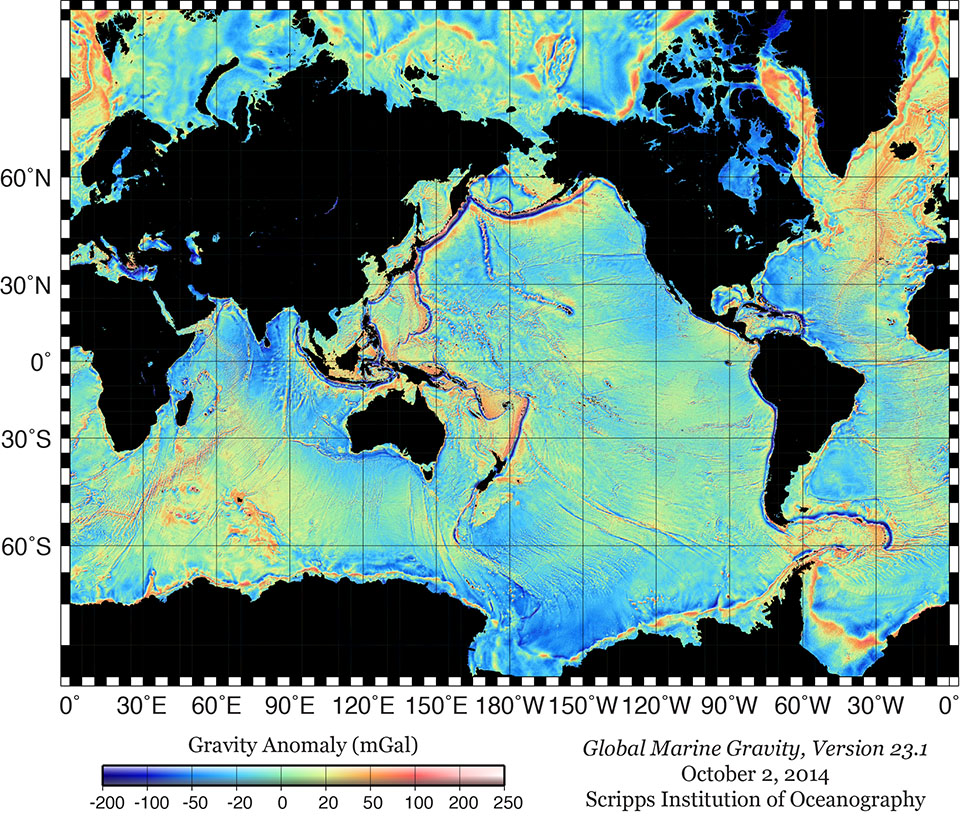
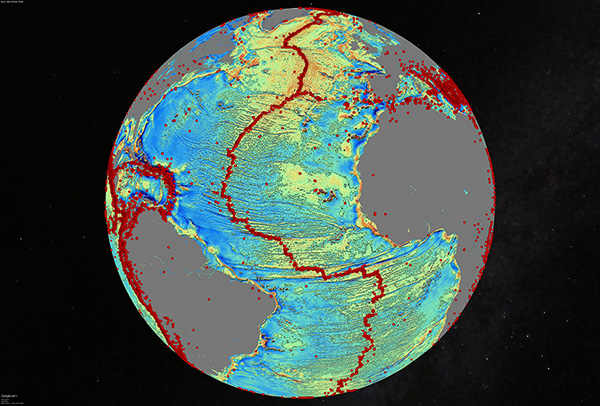
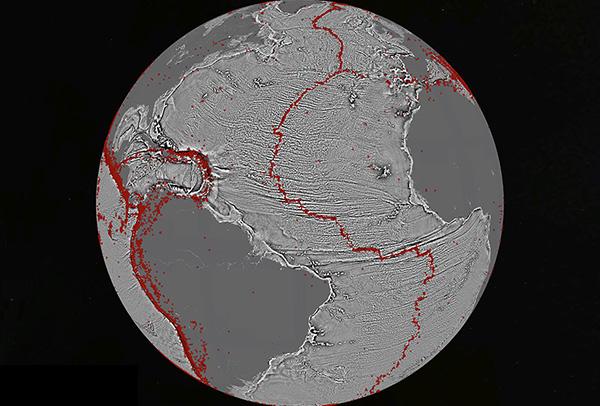
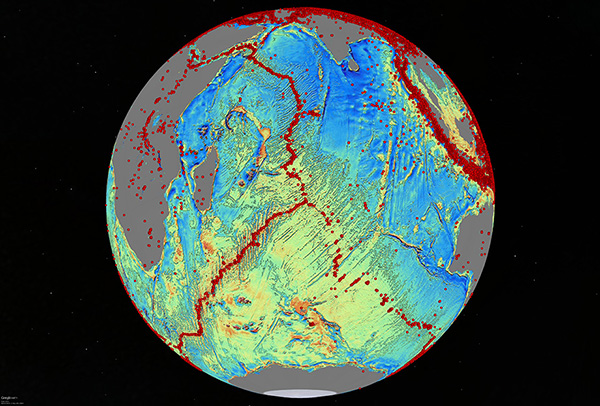
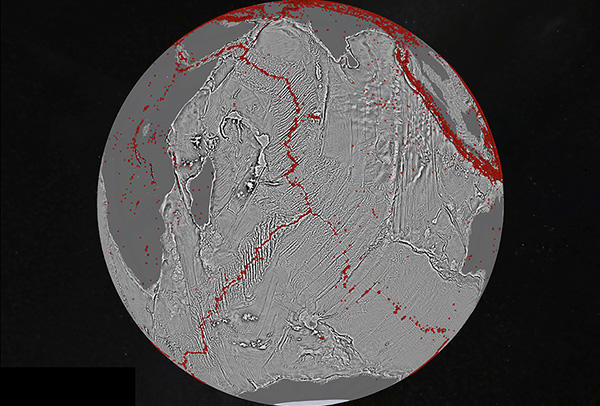
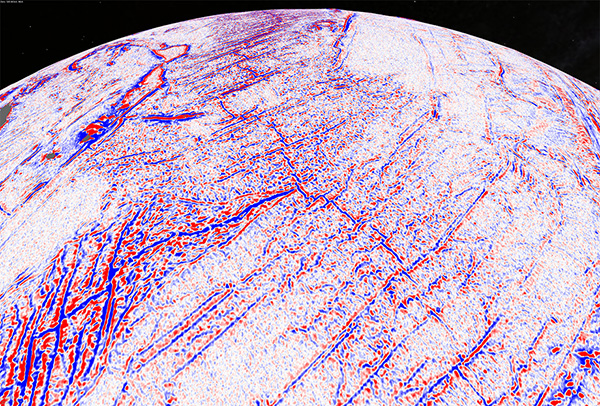
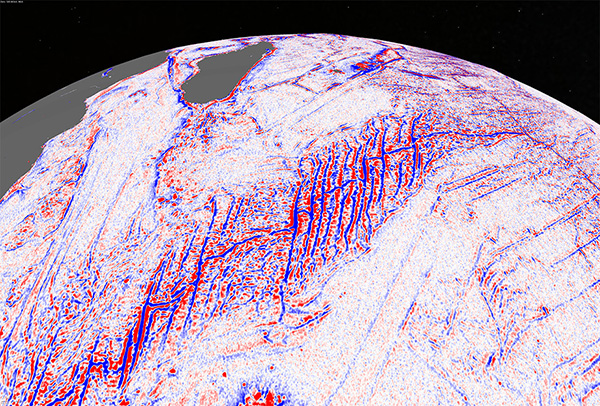
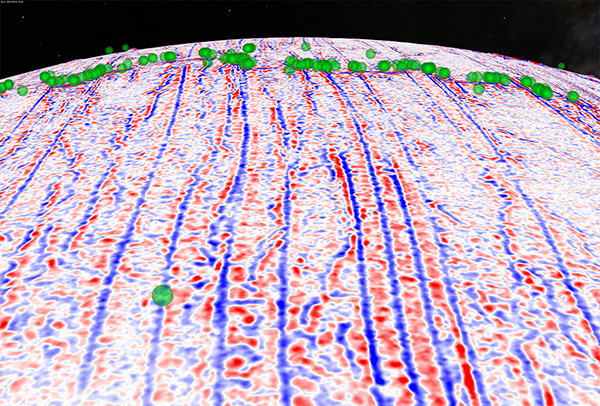
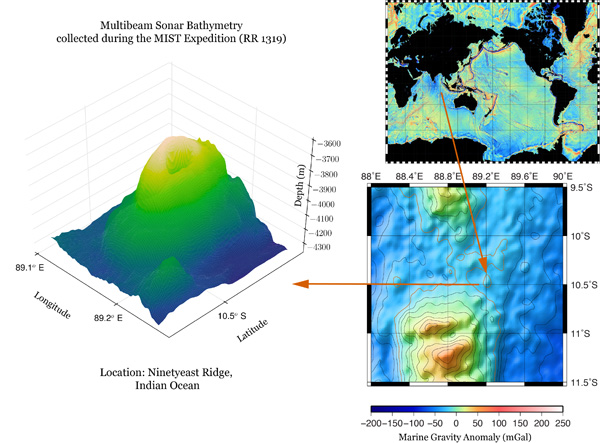
Keine Kommentare:
Kommentar veröffentlichen